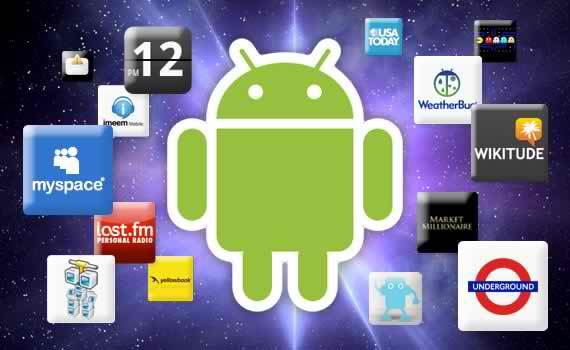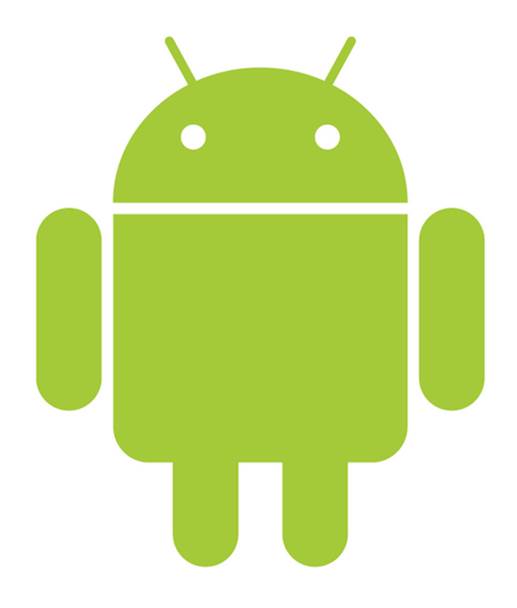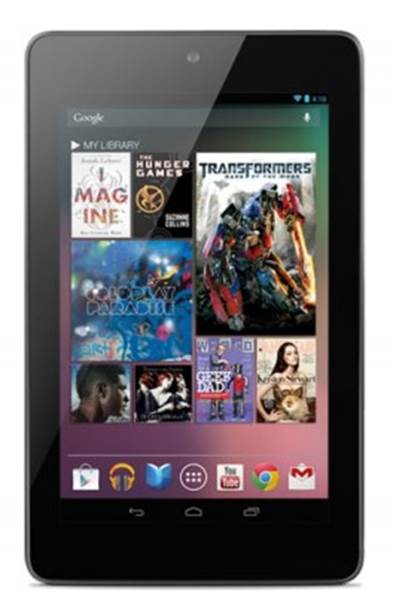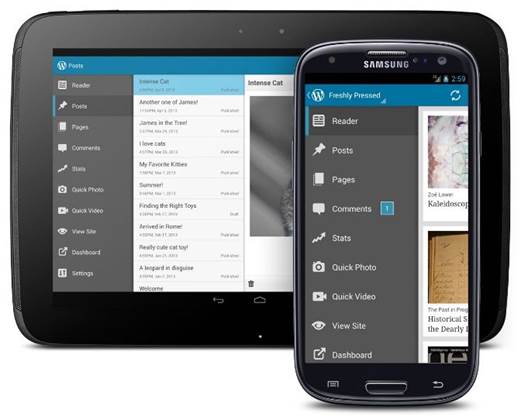Android is a phenomenon, but where
did it come from and why is it so successful?
In a market otherwise dominated by Apple,
Android is currently the only notable resistance to Apple's monoculture, making
even Microsoft look like amateurs. Buy any popular tablet that doesn't run on
Apple hardware and it's a safe bet that you're going to be buying into the
Android ecosystem as well. So, what is Android, where did it come from and how
is it so consistently successful, gaining ground on Apple when every other
software giant has failed to make a dent in the tablet market?

With
the recent trends in the electronic mobile industry, it seems like Android is a
force to reckon with
For a start, it helps that it's more or
less free to use. Android is a Linux-based operating system designed for mobile
devices - initially smartphones and netbooks, but latterly it's become the OS
of choice for non-Apple tablets, thanks to its similar range of features and
functionality. Android is Open Source and the code is released under the Apache
License, allowing it to be freely modified and sold by hardware manufacturers.
Initially developed by Android Inc., the
project was financially backed by Google, and later wholly acquired by the
company. When it was unveiled in November 2007, it became the flagship product
of the new Open Handset Alliance, an umbrella organization under which software
and technology companies including Google, HTC, Sony, Dell, Intel, Motorola,
Texas Instruments, Samsung, LG and more (though, tellingly, not Apple or
Microsoft) could collaborate to develop open standards.

For
a start, it helps that it's more or less free to use. Android is a Linux-based
operating system designed for mobile devices
The reception of Android was initially
muted. Few were sure if manufacturers would be willing to ditch existing
software operating systems in favor of a new one. In late 2008, a year after it
was announced, the first Android phones went on sale. Since then, it is
estimated that over 900 million Android devices have been sold. It's safe to
say that reception picked up,
Indeed, only two years after it was
released, it overtook Nokia's Symbian platform to become the most widely used
smartphone operating system on the planet. Its versatility has seen it modified
to run cameras, televisions and games consoles as well as more conventional
tablets. Essentially it allows any manufacturer to easily offer a platform that
can compete with even the most tightly engineered proprietary systems, with the
added bonus of familiarity and a degree of cross-compatibility Once you remove
companies with a stake in offering their own services (i.e. Microsoft and
Apple) it's hardly a surprise that Android is doing so well.
Android's success isn't as assured as this
short history might suggest, of course. In the tablet market, Android-based
tablets took the majority market share only last year, largely thanks to the
release of budget devices such as the Nexus 7. Now holding almost 60% of the
tablet market, this lead is nonetheless based on the sale of devices from
multiple manufacturers, whereas Apple's 40% share of the tablet market is
entirely its own. Worse still, Apple's share is rock solid, while gains for
other companies - Microsoft's growing tablet market share, for example - seems
to eat into Android's user base rather than Apple's loyal customers.

Android-based
tablets took the majority market share only last year, largely thanks to the
release of budget devices such as the Nexus 7
The operating system itself isn't also
without its problems. Critics point out that it is more vulnerable to malware
than iOS, due to its looser software restrictions, while analysts have noted
that iOS users spend more money on software, hence the slight preference
Apple's hardware is often given by developers. The situation regarding updates
is also rather fractious, unlike iOS and Microsoft who offer free updates for
their devices immediately. Android updates depend on manufacturers to release
them, with some offering updates to the latest version almost immediately, some
taking months to release one, and some never updating. During the launch window
of a new version, it's often the case that the only way to guarantee you're
running the latest software is to buy the device it launched on!
Despite these issues, it's impossible to
deny that Android has quickly gone from being a plucky free alternative to one
of the leading mobile platforms in just a few years, and that alone makes it
worth paying attention to. If it can do all that in five years, who knows where
it'll be in another five?

The
operating system itself isn't also without its problems.